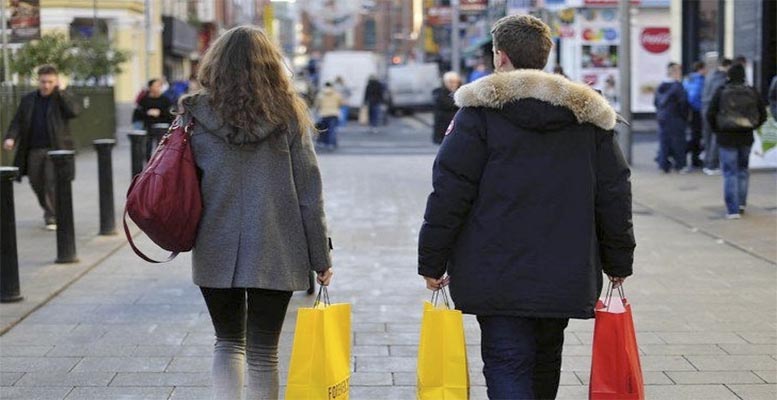The strict measures of social isolation and paralysis of activity imposed in April had a devastating impact on the retail sector, which suffered major setbacks in all categories except internet shopping. However, as the restrictions are relaxed, the sector will be revived, as the available high-frequency indicators are beginning to show.
Retail sales again recorded a sharp decline in April (11.7% vs 11.1%), driven down to an all-time low. By items, the rise in online sales stands out, showing a significant increase (10.9% vs. 0.7%), pointing to a change in the pattern of consumer behaviour. This could, in part, be consolidated in the medium term, although it is too early to draw conclusions. The rest of the items recorded sharp falls, although of lesser intensity than in March. The exception here was foodstuffs, which declined in April after two very significant increases due to “supply.”
There are significant differences in retail sales by country. Germany stands out positively, (-5.3% vs -4.0%), while in Spain (-19.4% vs -14.6%) and, above all, in France, (-20.0% vs -15.8%), the collapse is a warning of the magnitude of the recession in Q2’20. Eurostat has not published data for Italy since February, possibly due to the difficulty in obtaining the figures in the current situation. Refinitiv flags that retail sales could have fallen by more than 19% in March (no data for April).
The severity and extent of the isolation and lockdown measures imposed in April anticipated that it would be the worst month in terms of economic indicators. The most important thing now is to analyze how the gradual lifting of the restrictions is affecting the activity indicators. In the case of consumption, the available high-frequency data show encouraging signs, although they do make visible how far pre-crisis levels still remain. For example in Germany, the strong recovery in restaurant reservations since mid-May (almost 70% compared with the lows recorded in April) is striking, although most other spending categories show a weaker revival. France’s statistics institute points out that, according to data up to 17 May, it could be anticipated that household spending is 6% lower than what would be “normal” for those dates. This is a substantial improvement over the April data, which showed that up to the 23rd of that month, household spending was 30% lower than “normal”.
So everything points to the fact that the worst of the crisis was recorded in April and that recovery is already underway. However, it is still at a very early stage and is very slow. It is starting from exceptionally low levels and everything depends on the advance of the epidemic not forcing a “reversal” in some of the measures to lift restrictions.





